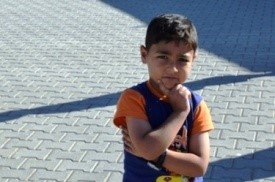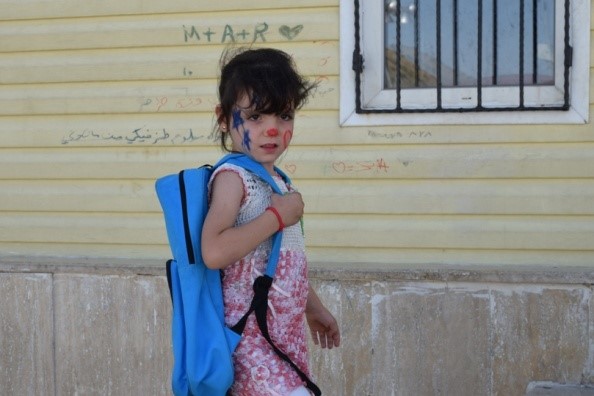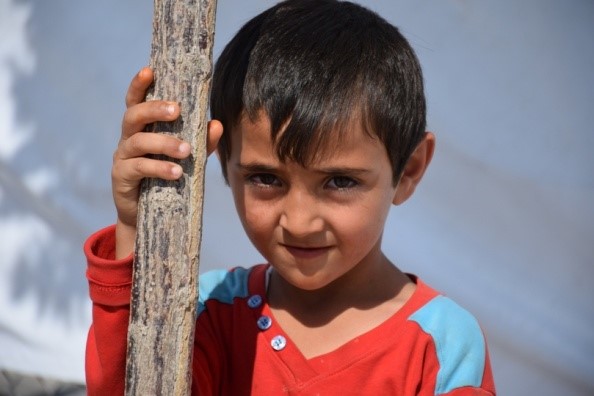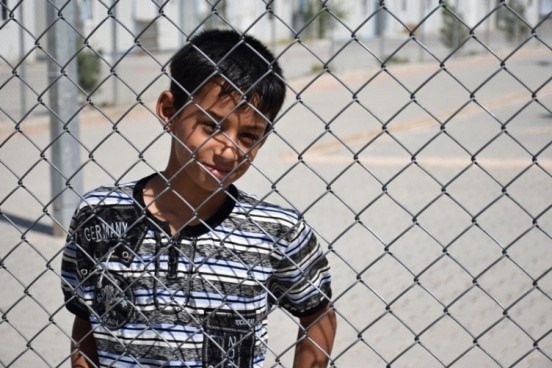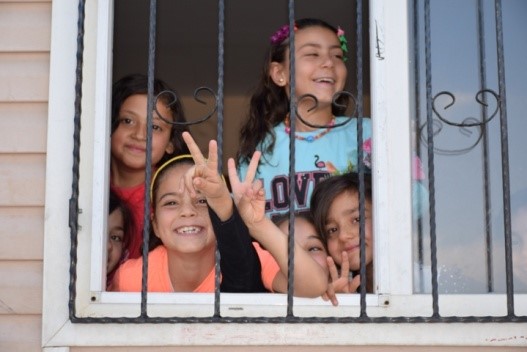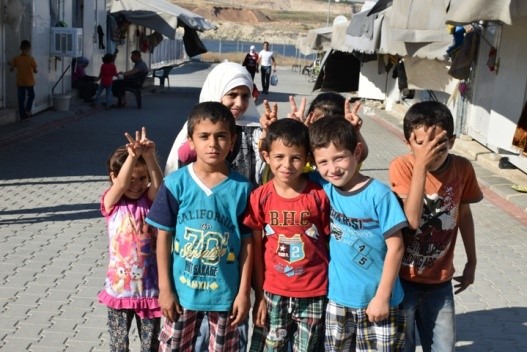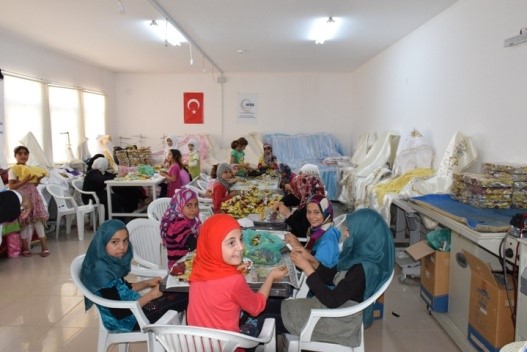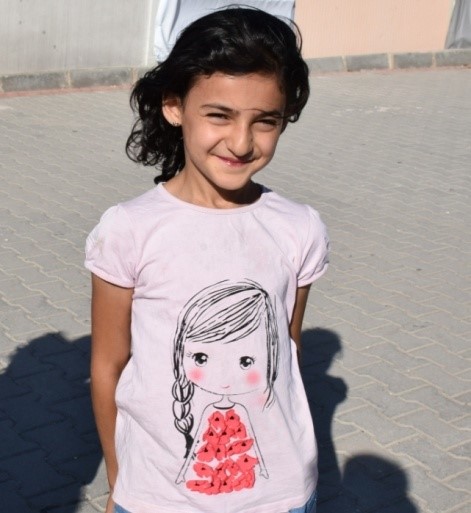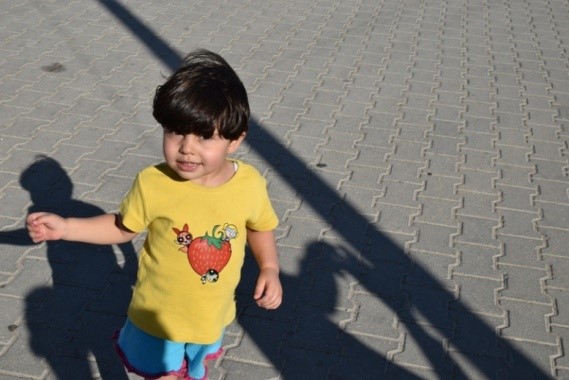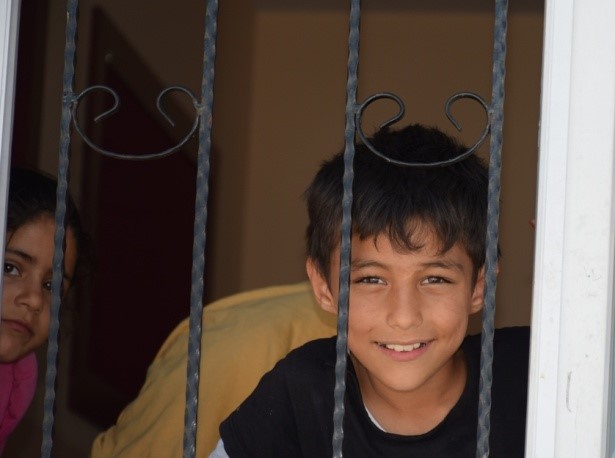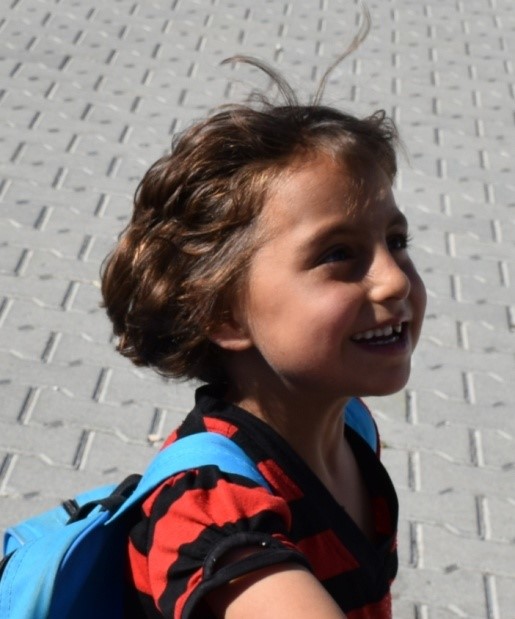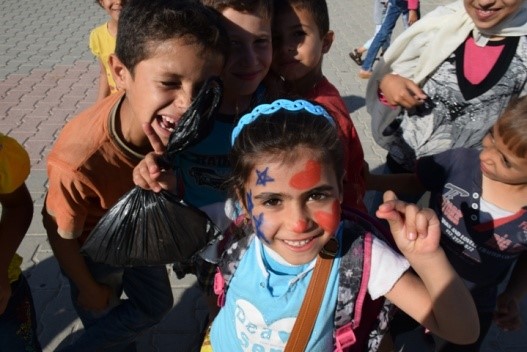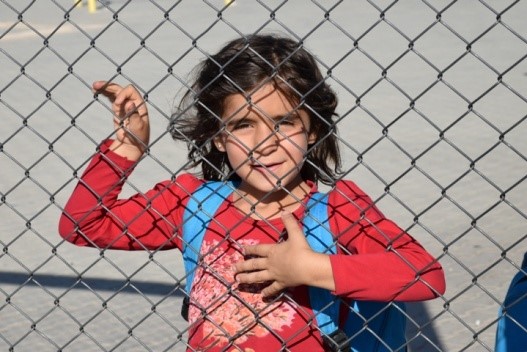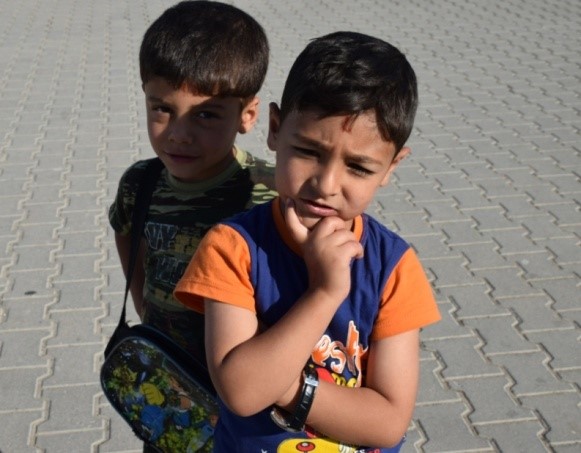Tariq Saeedi
Refugees, as the heartless American terminology defines, are ‘collateral damage’ of a war. The nature of the modern warfare is such that it almost invariably creates large number of refugees and displaced persons.
As we know from the recent wars, the refugees try to take shelter in the neighbouring countries.
Pakistan and Iran were the case in point for refugees from the Afghan war.
Currently, Turkiye is the host to the largest number of refugees in the world. According to the UNHCR figures, there are about 4 million documented refugees in Turkiye (Turkey), of which nearly 3.5 million are from Syria, a country bordering Turkiye.
Between 2011 and 2018, Turkiye allocated USD 30 billion for the refugees. The figures from 2019 to 2021 are scattered and difficult to aggregate but the estimates would put them on the same scale as for the previous period.
This year UNHCR requires USD 349.5 million (in addition to what Turkiye is spending from its own resources) for the refugees in that country. So far, only 11% of this amount has been pledged.
If the Biden administration succeeds in cajoling Russia into a war in Ukraine, there would certainly be refugees and they will head to the neighbouring countries in Europe.
Ukraine borders with seven countries: Poland, Slovakia, Hungary, Romania, Moldova, Russia, and Belarus. The total length of the Ukrainian border is 6,992.98 km (4,345.24 mi).
Of these, the refugees will likely head to Poland, Slovakia, Hungary, and Romania
These countries are prosperous to varying degrees but don’t have the spare capacity to host any number of refugees.
In fact, the refugees from Ukraine will drag the economies of these countries back to the crisis level.
Turkiye has a population of slightly more than 85 million. The GDP estimates for Turkiye in 2022 are $3.0 trillion in PPP.
Compared to this, the PPP GDP of Hungary is $350 billion, Poland $1.353 trillion, Slovakia $ 209 billion, and Romania $660 billion. This comes to a total of $2.57 trillion, which is still less than that of Turkiye by more than $400 billion.
Just imagine the enormity of burden these refugees will bring.
Economy is only one of the areas bruised by the load of refugees. The entire system including education and healthcare gets strained.
There are also social aspects. The rift between the locals and the refugees is almost certain to arise.
The countries that create refugees because of their irresponsible ambitions, and the countries that host the refugees for a mix of reasons have various platforms at their disposal to tell their side of the story.
The actual story – the refugee child – remains unheard except in an indirect way.
Childhood is a short and fleeting period. These are formative years and they determine the future and fate of a person.
Turkiye, which hosts nearly 20% of the population of Syria, had to come up with innovative solutions to not only feed, clothe and shelter the refugees but to preserve their dignity and provide fulfilling childhood to the very young.
A massive initiative in this area is the ‘Refugee Response Program of Gaziantep.’
Gaziantep is the province bordering with Aleppo province of Syria. The legendary River Euphrates passes through Gaziantep on its journey to Syria and onward to Iraq.
Gaziantep has a population of just about 2 million but it hosts nearly half a million Syrian refugees i.e. one in every four persons in Gaziantep is a Syrian refugee.
There are several features that distinguish the refugee support programme of Turkiye from many other countries. One of them is the preference for semi-integration of the refugees. This mainly focuses on the cultural and social awareness for both the refugees and the local population, and the systematic approach to find jobs for the refugees without stoking resentment in the local population.
However, the most admirable work being done is for the refugee children. The pictures included in this report are all from one of the Syrian refugee villages near the city of Gaziantep.
There are many reasons why these children seem so happy and contented.
One is that the system ensures proper nourishment for them. Second is that efforts are made to give the basic education to the children in their mother-tongue, where large number of the children speak only the Arabic language. Third is that their spare time is well spent on the fairly equipped play ground and in the arts and crafts classes. Above all, love; lots of love.
They also learn how to interact with the adults from outside their family. The young ladies conducting most of the classes are full of love for the children and it shows in how quickly the children bond to them. The child thrives when the child feels loved.
In dealing with the refugees – officially they are mentioned as brothers and sisters and not refugees – there is the awareness that Turkiye is not merely the transit country for refugees; it is the destination country for many of them.
The whole system is quite elaborate with the central part being the selection of the right people for this kind of job.
The purpose of bringing up here is that the looming war in Ukraine could unfortunately trigger a new wave of refugees. Their immediate destination would be Eastern Europe.
Europe, particularly Eastern Europe, needs to add their weight on the side of peace.
Putting smile on the face of a refugee child is an enormous challenge – heartbreaking and expensive. /// nCa, 14 February 2022 (All pictures copyright nCa)
To be continued . . .
